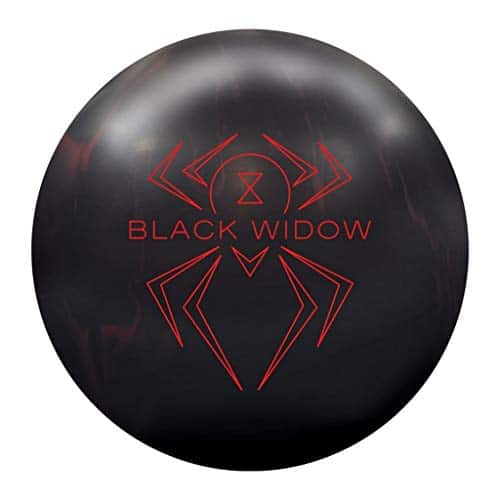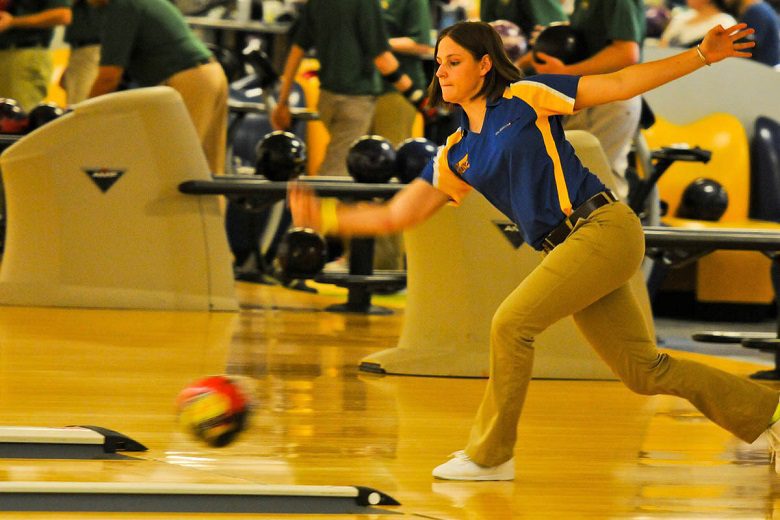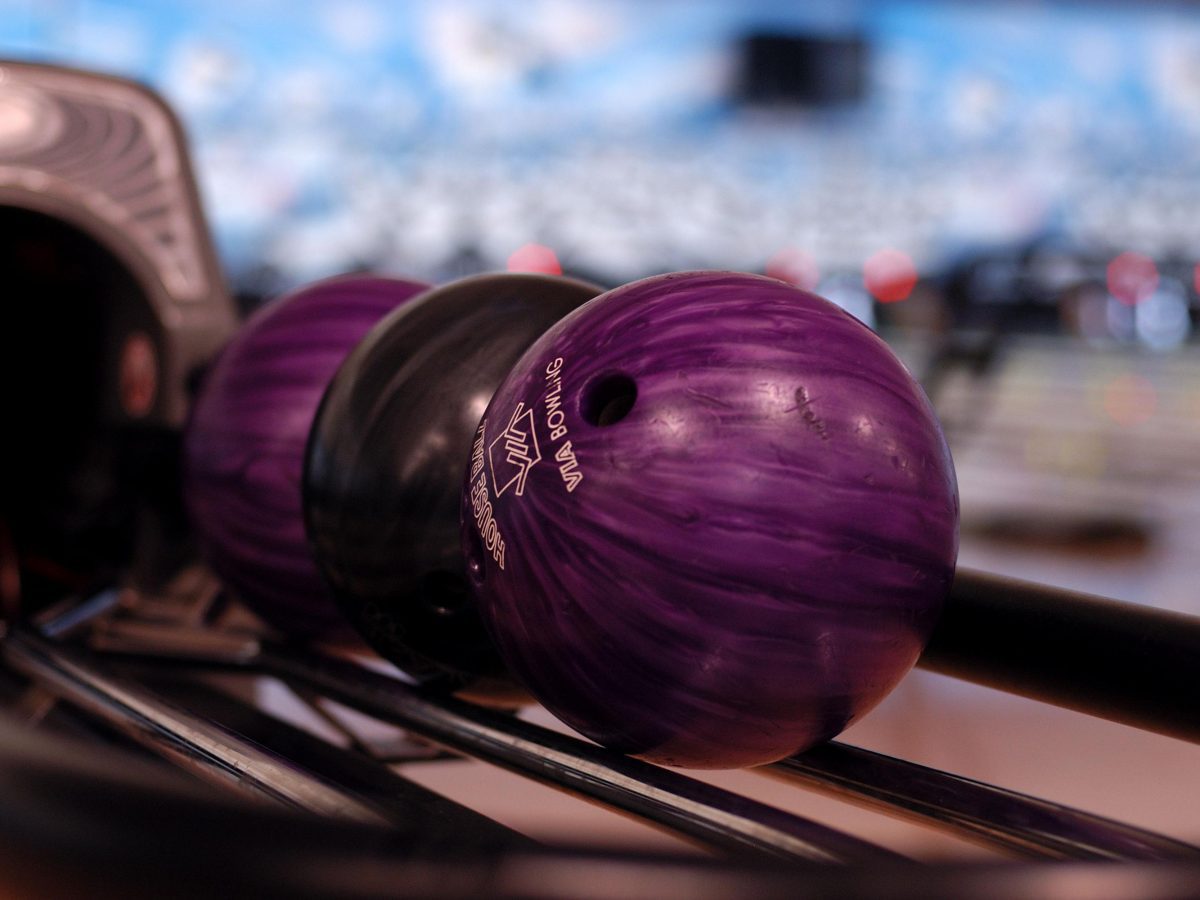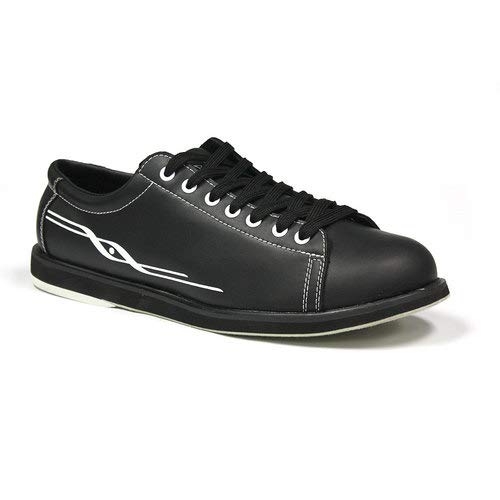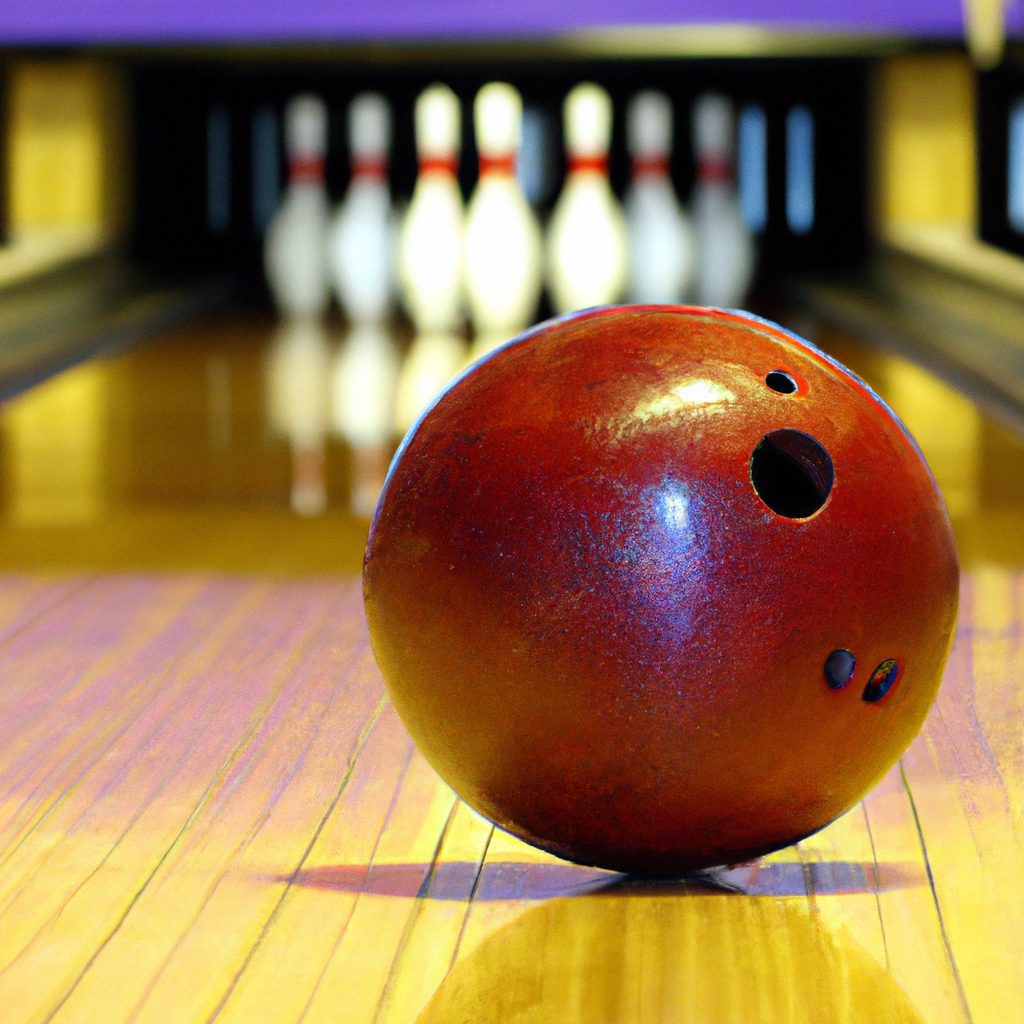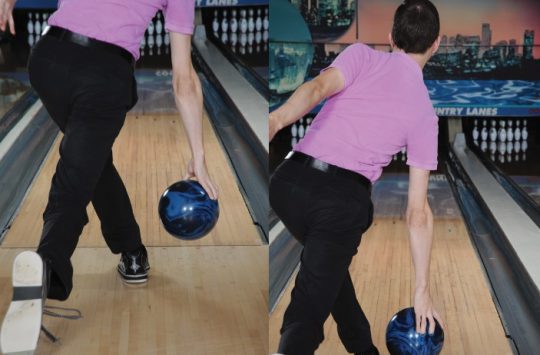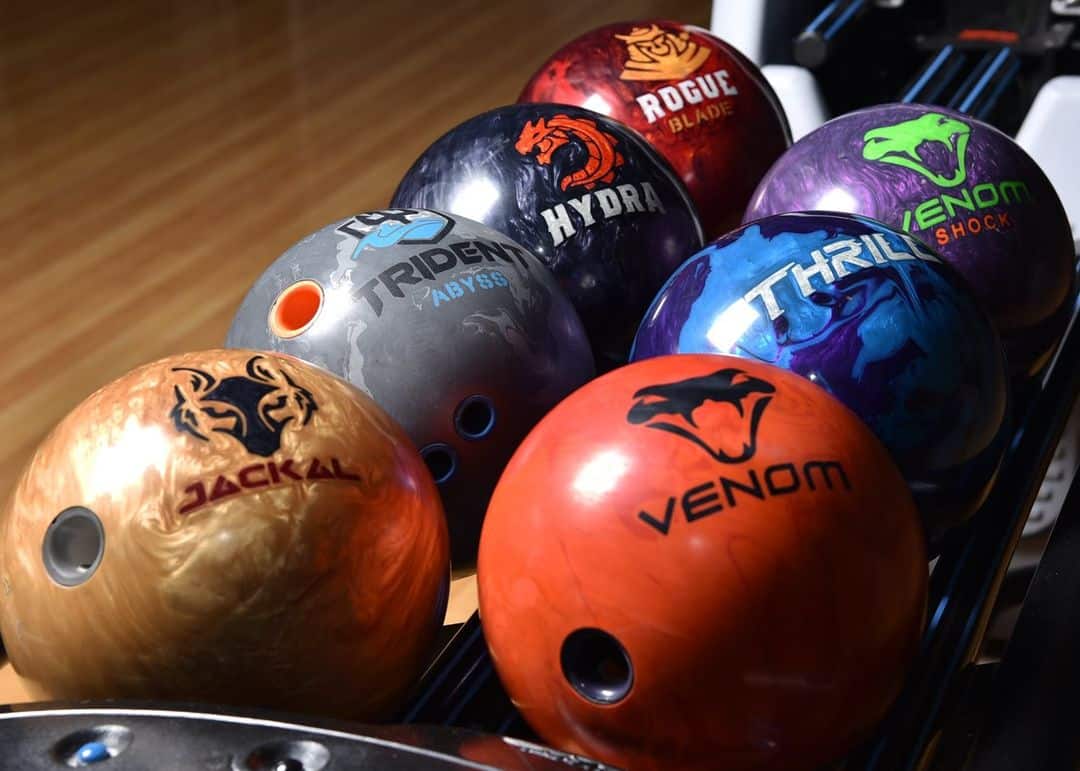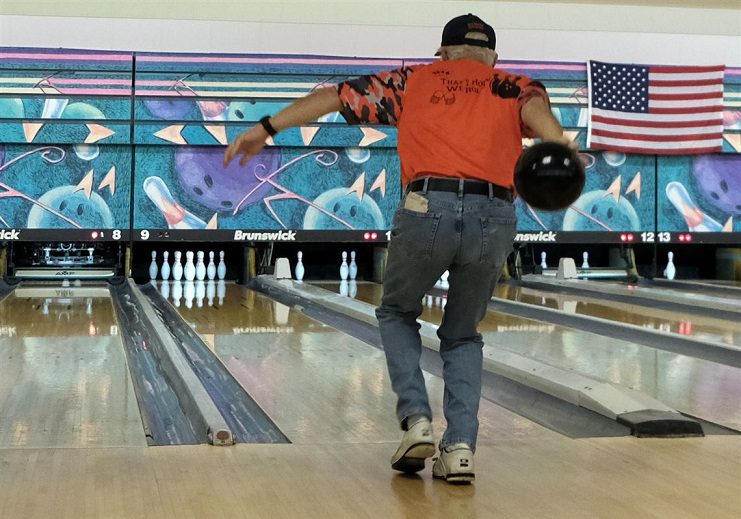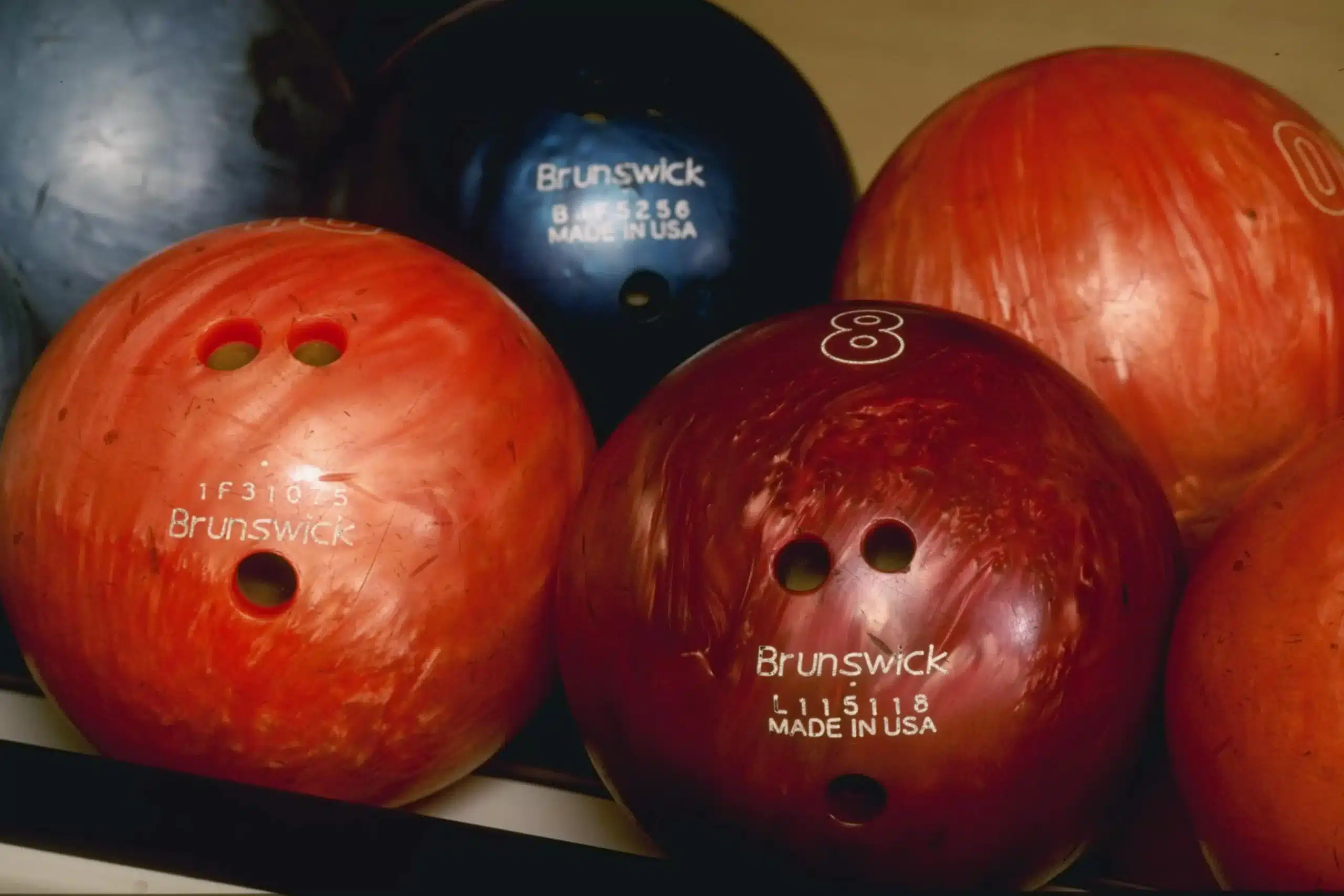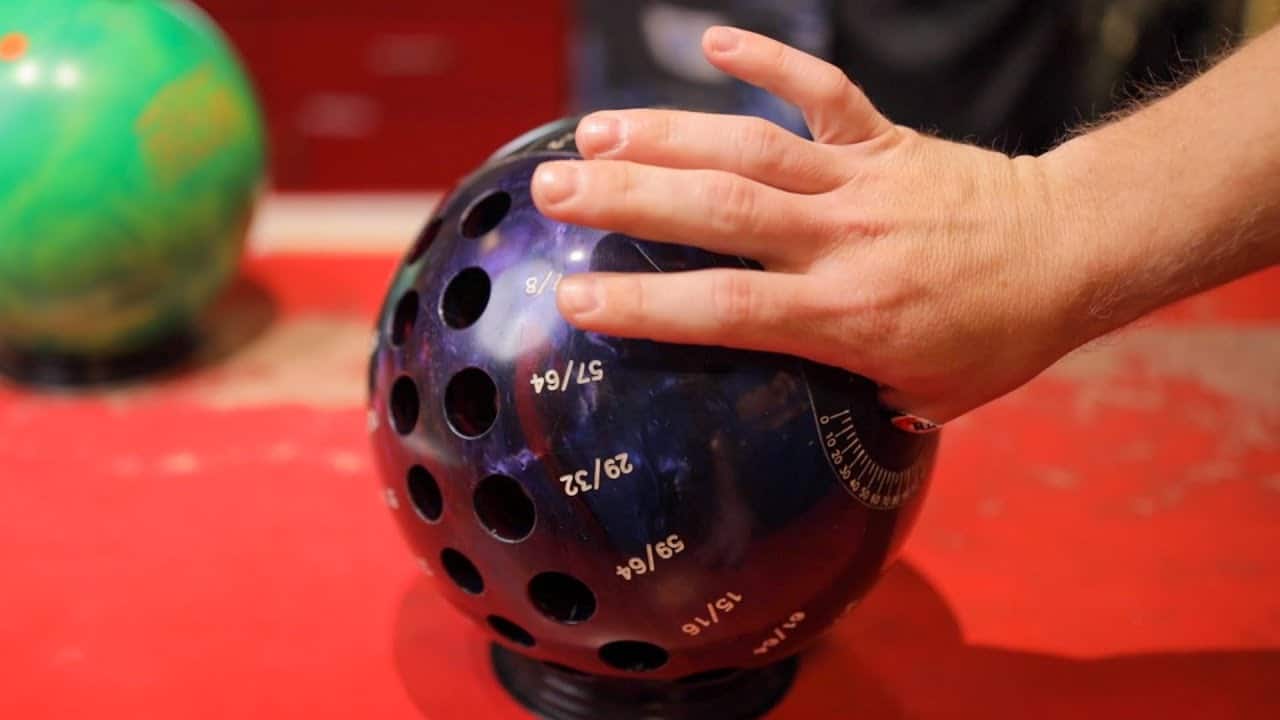If you’ve ever tried your hand at bowling, you’ve probably come across the term “ball hook.” It’s a technique that many avid bowlers aim to master, as it can significantly improve their game. But what exactly is ball hook? Simply put, it’s the controlled curve that a bowling ball takes as it travels down the lane. This impressive spin not only adds an element of excitement but also allows the ball to hit the pins from a more advantageous angle. In this article, we’ll explore the mechanics behind the ball hook and how you can use it to give your bowling game a mighty boost.
Review contents
Understanding Ball Hook in Bowling
Bowling is a beloved sport enjoyed by many, and mastering the art of hooking the ball can take your game to the next level. The ball hook refers to the curve or angle that the bowling ball takes as it travels down the lane towards the pins. It is a crucial technique that can greatly impact your success in the game. In this article, we will delve into the definition of ball hook, its importance in bowling, factors that affect it, the different types of ball hook, and some tips for achieving a strong ball hook.
Definition of Ball Hook
To understand ball hook, we must first explain what it actually means. Ball hook refers to the motion of the bowling ball as it moves down the lane. Instead of rolling in a straight line, the ball hooks or curves in a specific direction. This curve is influenced by various factors, such as lane conditions, the ball’s surface, and the techniques employed by the bowler. The aim of achieving a ball hook is to increase pin action and improve the scoring potential.
Physics Behind Ball Hook
The concept of ball hook in bowling lies in the principles of physics, particularly the role of friction. As the ball rolls down the lane, the friction between the ball and the surface of the lane affects its path. The ball’s rotation and the grip it has on the lane determine the amount of friction. The greater the friction, the more the ball will hook. This hook motion is a result of the ball’s angular momentum interacting with the friction forces acting upon it.
Importance of Ball Hook in Bowling
Now that we have a clearer understanding of ball hook, let’s explore its significance in the sport of bowling.
1. Enhances Pin Action
Bowling is all about knocking down pins, and a ball hook can greatly enhance pin action. When the ball hooks into the pocket, it creates a larger angle of entry, increasing the likelihood of hitting more pins and achieving that coveted strike. Without a ball hook, the ball would simply roll in a straight line, resulting in fewer pins being knocked down.
2. Increases Scoring Potential
With increased pin action comes a higher scoring potential. By utilizing a ball hook, you can create a greater angle of entry into the pins, leading to more pin collisions and higher scores. Bowling is a game of precision and strategy, and a well-executed ball hook can help you achieve higher scores consistently.
3. Improves Bowling Technique
Mastering the ball hook technique is a testament to one’s skill and control over the game. It requires coordination, timing, and accuracy to execute a consistent and powerful ball hook. By striving to improve your ball hook, you are also improving your overall bowling technique. It encourages proper footwork, timing, and release, leading to a more refined and effective bowling style.
4. Creates Lane Play Variety
One of the beauties of bowling is the ability to adapt to different lane conditions. Ball hook gives bowlers the opportunity to adjust their strategy based on the specific lane conditions they are facing. By employing various techniques and adjusting the hook, you can navigate different oil patterns and lane surfaces. This versatility adds an exciting element to the game and allows for a more engaging experience.
Factors Affecting Ball Hook
Several factors come into play when determining the level of ball hook that can be achieved. Understanding these factors can help bowlers adapt their technique and make necessary adjustments for optimal performance.
1. Lane Conditions
The condition of the lane, particularly the amount and distribution of oil, has a significant impact on ball hook. Different patterns and volumes of oil can alter the friction between the ball and the lane, influencing the ball’s hook potential. Dry lanes tend to minimize hook potential, while heavy oil conditions create more hook potential.
2. Oil Patterns
Oil patterns, such as the house pattern or sport pattern, affect ball hook by determining the amount of oil on different parts of the lane. These patterns can be applied in varying lengths and ratios, affecting ball motion. Generally, shorter oil patterns result in more hook potential, while longer patterns offer less hook potential.
3. Ball Surface
The surface of the bowling ball plays a crucial role in ball hook. The level of friction between the ball and the lane depends on the surface texture. Different compositions of ball covers, such as reactive resin, urethane, plastic, or particle, offer varying levels of hook potential. The surface can be altered by sanding or polishing the ball to achieve desired hook potential.
4. Rev Rate
Rev rate refers to the number of revolutions the ball makes on its axis as it travels down the lane. A higher rev rate generates more hook potential, as the increased revolutions increase the ball’s traction on the lane. Bowlers with high rev rates can achieve greater ball hook compared to those with lower rev rates.
5. Ball Speed
Ball speed also affects ball hook. Slower ball speeds generally result in more hook potential, as the ball has more time to react to the friction on the lane. Conversely, faster ball speeds may reduce hook potential, as the ball has less time to hook before reaching the pins.
6. Axis Rotation
The way the ball is released and the axis of rotation it possesses contribute to ball hook. By adjusting the axis rotation, bowlers can control the shape and severity of the hook. A more tilted axis rotation promotes a larger hook, while a more vertical rotation minimizes the hook potential.
Different Types of Ball Hook
Now let’s explore the different types of ball hook and their characteristics.
1. Reactive Resin Ball Hook
Reactive resin bowling balls are known for their strong hook potential. These balls are constructed with a resin coverstock and typically offer the most overall hook potential. They have a high friction surface and generate substantial backend reaction. Reactive resin balls are versatile and can adapt to a wide range of lane conditions.
2. Urethane Ball Hook
Urethane bowling balls have a softer, less porous coverstock compared to reactive resin balls. They offer a smoother and more controlled hook potential. Urethane balls are ideal for medium to heavy oil conditions and provide a more consistent hook throughout the lane.
3. Plastic Ball Hook
Plastic bowling balls have the least amount of hook potential. They are typically used on dry lanes or when a straight shot is desired. Plastic balls have a low friction surface, limiting their ability to hook. They are commonly used for spares or by beginners who are just starting to learn the game.
4. Particle Ball Hook
Particle bowling balls feature a textured coverstock that provides enhanced friction on the lane. They were popular in the past and are still used by some bowlers today. Particle balls offer a strong hook potential, especially on heavily oiled lanes. However, as technology has advanced, reactive resin balls have largely replaced particle balls.
Tips for Achieving a Strong Ball Hook
If you’re looking to improve your ball hook, here are some tips to consider:
-
Work on your release: Focus on achieving a smooth and consistent release. Proper hand position and a clean release reduce errors that can affect the ball’s hook potential.
-
Experiment with hand positions: By altering the position of your hand during release, you can manipulate the angle and shape of the hook. Practice different hand positions to find the one that best suits your style and lane conditions.
-
Adjust ball speed: Controlling the speed at which you release the ball can affect its hook potential. Experiment with different ball speeds to find the optimal balance for achieving maximum hook.
-
Experiment with axis rotation and rev rate: By adjusting your axis rotation and rev rate, you can fine-tune the hook potential. Practice different techniques and observe how they impact the ball’s hook motion.
-
Understand the lane conditions: Stay aware of the lane conditions and adjust your technique accordingly. Different oil patterns and lane surfaces require different approaches. Adapt to the conditions for optimal results.
-
Seek guidance from a coach: Working with a professional coach can provide invaluable insights into improving your ball hook technique. They can assess your form and provide personalized guidance to help you achieve a stronger hook.
Conclusion
The concept of ball hook in bowling is a fascinating one that adds depth and excitement to the game. By understanding the factors that affect ball hook, the different types of ball hook, and employing the right techniques, you can enhance your bowling performance and enjoy the sport to its fullest. Continuous improvement, experimentation, practice, and seeking guidance from experts will ultimately lead to achieving a powerful ball hook and taking your bowling game to new heights. So grab your bowling ball, hit the lanes, and let your ball hook unleash its full potential!




![Spare bowling ball Top 10 in 2024. (reviews) Top 10 Best Spare Bowling Balls [2021 Reviewed]](http://landofbowling.com/wp-content/uploads/2021/07/Top-10-Best-Spare-Bowling-Balls-2021-Reviewed.jpg)






